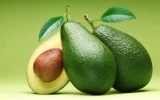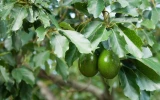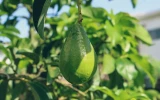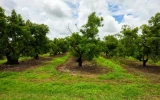What Is the Recommended Spacing for Avocado Trees?
Planting your avocado trees too close together may cause them to not get enough light or nutrients to grow properly. On the other hand, if they're planted too far apart, you may be wasting valuable growing space. In this article, we'll help you find the right spacing that can help you maximize your yield and get the most out of your avocado trees.
The recommended spacing for avocado trees is typically 20 to 30 feet apart, depending on the variety and the specific growing conditions. This spacing allows the trees to have enough room for their roots to spread out and for adequate sunlight and airflow. It also facilitates easier maintenance and harvesting.
While standard varieties of avocado trees should be spaced about 25 to 30 feet apart, dwarf varieties can be planted closer together, typically around 10 to 15 feet apart. Let's take a closer look at which avocado varieties fall into each category.
Selecting the appropriate avocado tree varieties and recommended spacing will affect how to lay out an avocado farm from scratch.
Summary
- Varieties with larger canopies, such as Fuerte, Reed, and Zutano, typically require wider spacing (25–30 feet) to accommodate their expansive growth without causing overcrowding.
- Dwarf avocado trees are specifically bred to have a more compact and manageable size, making them suitable for smaller spaces such as home gardens or orchards with limited area.
- Different avocado varieties and rootstocks have distinct growth characteristics, canopy shapes, and fruit production patterns, which directly influence the spacing required to ensure optimal growth and yield.
- Well-drained soils may allow for closer avocado tree spacing, while poorly drained soils may require wider spacing to prevent waterlogged conditions that can harm the roots.
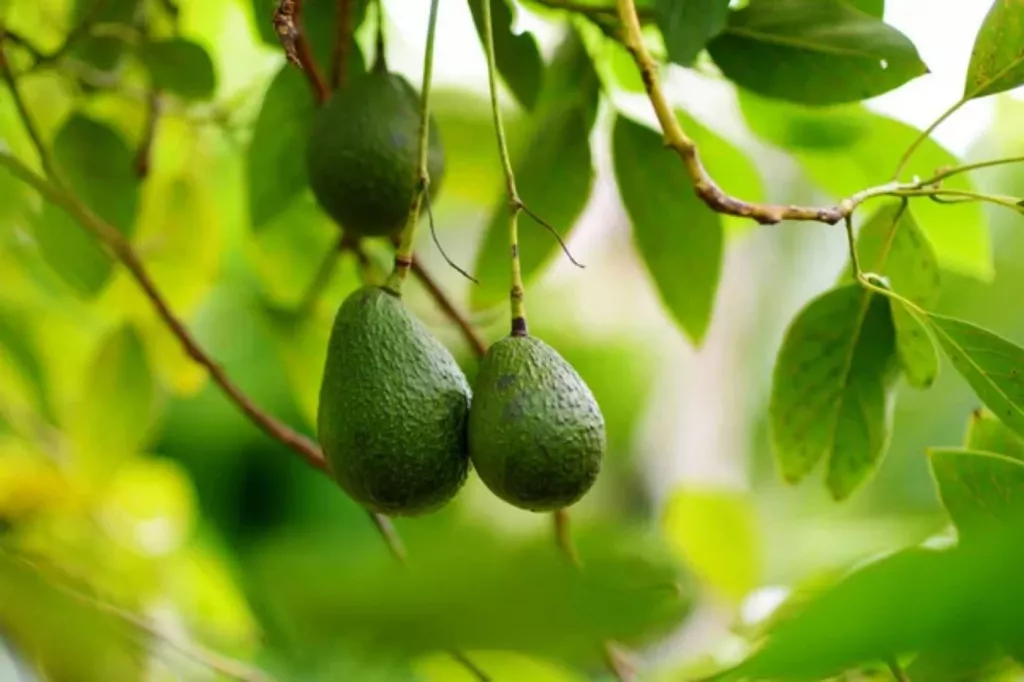
On this page:
Recommended Spacing for Different Avocado Varieties
| Avocado Variety | Type | Recommended Spacing |
|---|---|---|
| Hass | Standard | 20-25 feet |
| Fuerte | Standard | 25-30 feet |
| Bacon | Standard | 20-25 feet |
| Reed | Standard | 25-30 feet |
| Zutano | Standard | 25-30 feet |
| Wurtz | Dwarf | 10-15 feet |
| Gwen | Dwarf | 10-15 feet |
| Lamb Hass | Dwarf | 10-15 feet |
| Little Cado | Dwarf | 10-15 feet |
| Pinkerton | Dwarf | 10-15 feet |
Recommended spacing for standard avocado varieties
The recommended spacing for different avocado varieties, such as Hass, Fuerte, Bacon, Reed, and Zutano, is determined based on several factors, such as the following;
Due to their canopy size and growth habit
Avocado varieties exhibit diverse growth habits and canopy sizes, which are essential considerations for successful orchard management. The canopy size and growth habits of each variety play a crucial role in determining the spacing and overall layout of avocado orchards.
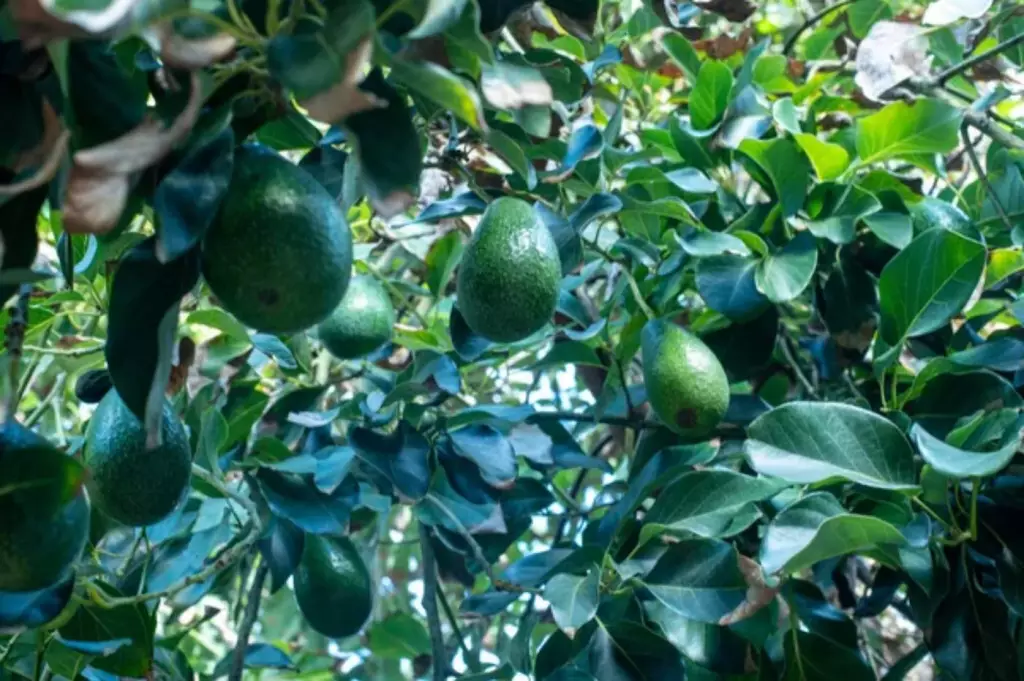
Varieties such as Hass and Bacon are recognized for their relatively smaller canopies in comparison to other varieties like Fuerte, Reed, and Zutano. This distinction in canopy size necessitates tailored spacing arrangements to optimize the growth and health of the trees.
Varieties with larger canopies, such as Fuerte, Reed, and Zutano, typically require wider spacing to accommodate their expansive growth without causing overcrowding.
Adequate spacing not only allows the trees to flourish without competition for resources but also facilitates efficient management practices such as pruning, harvesting, and pest control.
Because of their root system and nutrient competition
Avocado trees are known for their extensive root systems, which play a crucial role in their ability to access water and nutrients from the soil.
The root system of an avocado tree requires adequate space to spread out in order to thrive. This is why the recommended spacing for each variety of avocado tree takes into consideration the potential spread of the root system.
When avocado trees are planted with wider spacing, it reduces the competition for underground resources such as water and nutrients. This reduction in competition promotes healthier root development and overall tree vigor.
With less competition for resources, each tree is able to access the necessary water and nutrients more effectively, leading to improved growth and productivity.
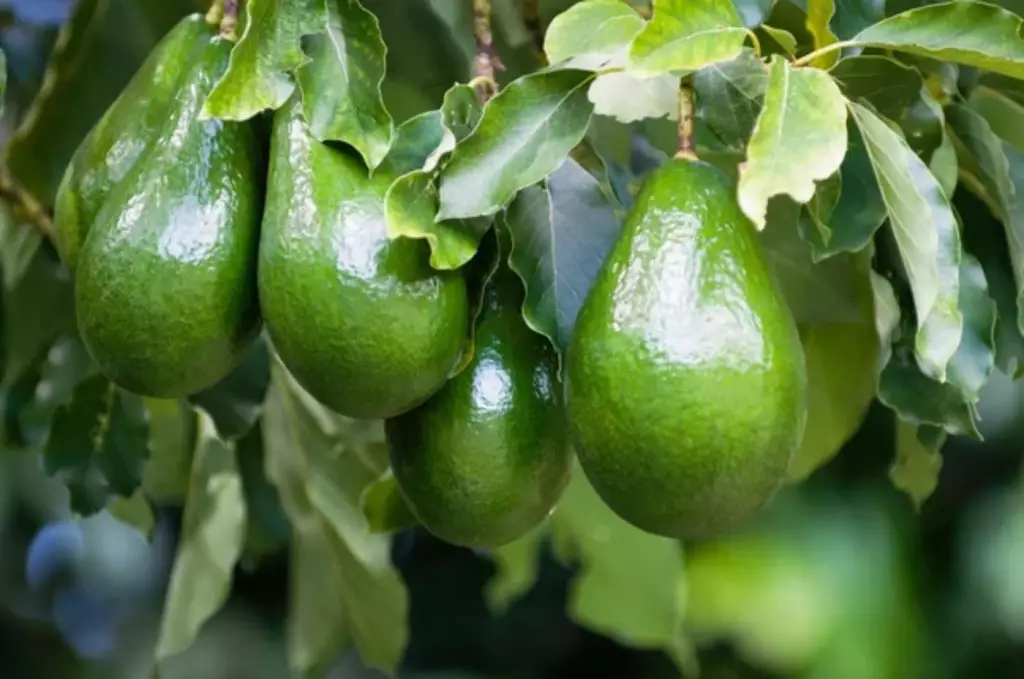
To give way to more efficient orchard management
The spacing between avocado trees not only affects the individual health and growth of each tree but also impacts the overall efficiency of orchard management.
Different avocado varieties have varying growth habits and potential sizes, and as a result, their recommended spacing can differ.
Varieties with wider recommended spacing provide more room for the trees to grow and expand. This wider spacing can facilitate easier access for pruning activities, as it allows for better airflow and sunlight penetration within the orchard.
Furthermore, with more space between trees, it becomes easier to monitor and manage pest infestations. It also allows for better application of pest control treatments, as there is less crowding and obstruction within the orchard.
Adequate spacing between trees can also make it easier for workers and machinery to maneuver through the orchard during the harvest season. This can lead to increased efficiency in harvesting operations, reducing the time and labor required to gather the fruit.
It allows for more air circulation and efficient disease management
Adequate spacing between avocado trees plays a significant role in promoting good air circulation, which in turn helps mitigate the risk of fungal infections and other diseases.
When avocado trees are planted with sufficient space between them, air can flow more freely through the orchard. This airflow can help reduce humidity levels and prevent the buildup of moisture, which is conducive to the development of fungal diseases such as anthracnose and root rot.
Varieties with larger canopies, such as the Hass avocado, may particularly benefit from wider spacing to ensure adequate airflow. The larger canopy of these varieties can impede air movement if the trees are planted too closely together, creating a microclimate that is favorable for disease development.
It aims to optimize yield and fruit quality
When avocado trees are spaced appropriately, it reduces competition for resources among the trees, leading to more consistent fruit production and improved fruit size and quality.
Adequate spacing ensures that each tree receives sufficient sunlight for photosynthesis, which is crucial for fruit development and quality.

Additionally, proper spacing allows for efficient irrigation and nutrient uptake, as the trees are not competing as intensely for water and nutrients from the soil.
When avocado trees are overcrowded, they can experience stunted growth and reduced fruit production due to limited access to essential resources.
In contrast, well-spaced trees have the opportunity to develop strong root systems and can allocate more energy towards fruit production, leading to higher yields and better fruit quality.
Recommended spacing for dwarf avocado varieties
The recommended spacing of 10-15 feet for dwarf avocado trees, as compared to the standard varieties with spacing between 20 to 30 feet, is primarily due to the smaller size and growth habit of dwarf avocado trees.
Dwarf avocado trees are specifically bred to have a more compact and manageable size, making them suitable for smaller spaces such as home gardens or orchards with limited areas, such as traditional orchards.
Their smaller stature allows for closer planting while still providing adequate room for root development, air circulation, and sunlight exposure.
In contrast, standard avocado trees require more space between them due to their larger size and spreading nature. They have a tendency to grow taller and wider, necessitating greater spacing to prevent overcrowding and ensure each tree has enough room to flourish without competing for resources.
The 10-15-foot spacing for dwarf avocado trees strikes a balance between optimizing land use and providing the necessary growing conditions for healthy tree development and fruit production. This closer spacing allows for efficient land utilization while still allowing the trees to thrive and produce high-quality fruit.
Factors Affecting Avocado Tree Spacing
When considering the factors affecting avocado tree spacing, several key elements come into play to ensure optimal growth and yield, such as the following:
The variety and rootstock
When considering avocado varieties, one must note that there are several popular types, including Hass, Fuerte, Reed, and Lamb Hass, among others.
Each variety may have distinct growth characteristics, such as tree size, canopy shape, and fruit production patterns. For instance, the Hass avocado variety is known for its vigorous growth and high fruit yield, while the Fuerte variety may have a more spreading canopy and different fruiting habits.
In addition to variety, the rootstocks can also influence factors such as tree vigor, disease resistance, and adaptability to different soil conditions.
For example, using a dwarfing rootstock may result in a smaller tree size and could allow for closer spacing between trees, while a more vigorous rootstock might necessitate wider spacing to prevent overcrowding.
Canopy size and shape
The size and shape of the canopy of an avocado tree play a crucial role in determining the spacing required between trees for optimal growth and maintenance.
The canopy size refers to the overall dimensions of the foliage, while the canopy shape relates to the arrangement of the branches and leaves.
In terms of size, larger canopies require more space between trees to ensure adequate light penetration and air circulation. This is essential for the photosynthesis process and to prevent the development of diseases due to poor air circulation.
Additionally, proper spacing allows for easier access for maintenance activities such as pruning and harvesting, reducing the risk of damage to the trees and improving overall productivity.
Canopy shape also influences the spacing between trees. Trees with a spreading or broad canopy may require more space between them to prevent overlapping canopies, which can hinder light penetration and air circulation.
Conversely, trees with a more upright or compact canopy may be able to be planted closer together while still allowing for sufficient light and air movement.
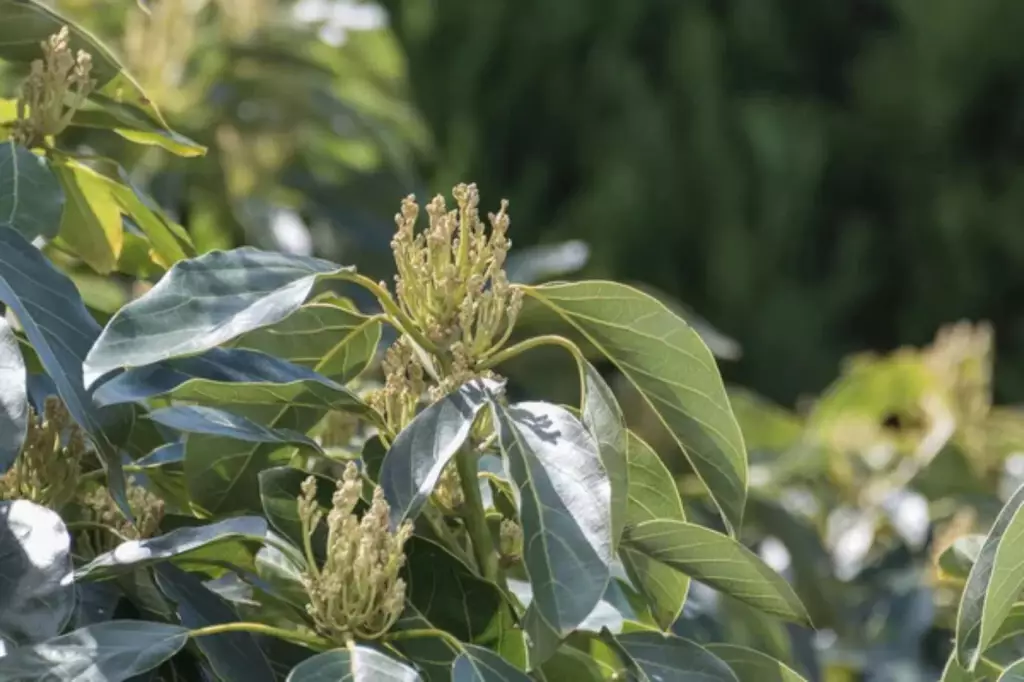
Proper tree spacing must be considered within the context of the ideal climate conditions suited for avocado farming in a given location.
Soil and climatic conditions
The soil type and climatic conditions of an orchard location play a crucial role in determining the appropriate tree spacing. These factors can significantly impact the health and growth of the trees, as well as the overall productivity of the orchard.
Different soil types have varying levels of fertility, drainage, and water-holding capacity, which can directly influence the spacing needed to support healthy root development.
For example, well-drained soils may allow for closer tree spacing, while poorly drained soils may require wider spacing to prevent waterlogged conditions that can harm the roots.
Nutrient-rich soils may support denser tree plantings, as the trees can access the necessary nutrients without competing excessively with each other.
In contrast, less fertile soils may necessitate wider spacing to ensure that each tree has adequate access to the available nutrients.
Wind exposure can also affect tree growth and overall vigor. In windy areas, wider spacing may be necessary to reduce competition among trees for resources and to minimize the risk of wind damage.
Shelterbelts or windbreaks may also be considered to mitigate the effects of strong winds and allow for closer tree plantings in some cases.
In addition to soil factors, climatic conditions such as temperature, humidity, and precipitation can influence tree spacing. For example, in areas with high humidity, wider spacing may be preferred to reduce the risk of disease spread among closely spaced trees
Similarly, in regions with extreme temperature fluctuations, careful consideration of tree spacing can help mitigate the impact of these conditions on tree health and productivity.
